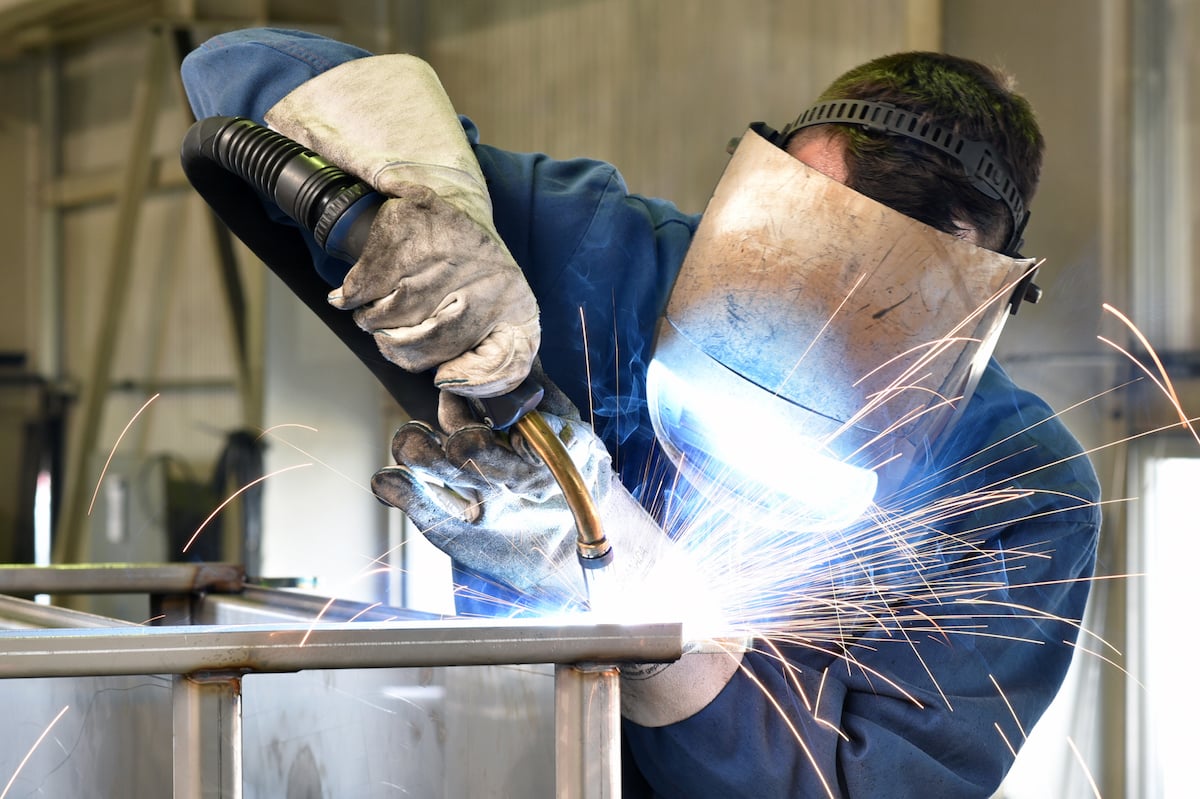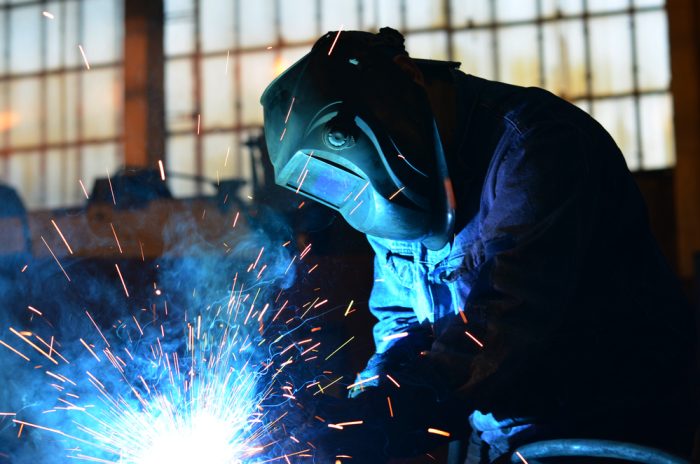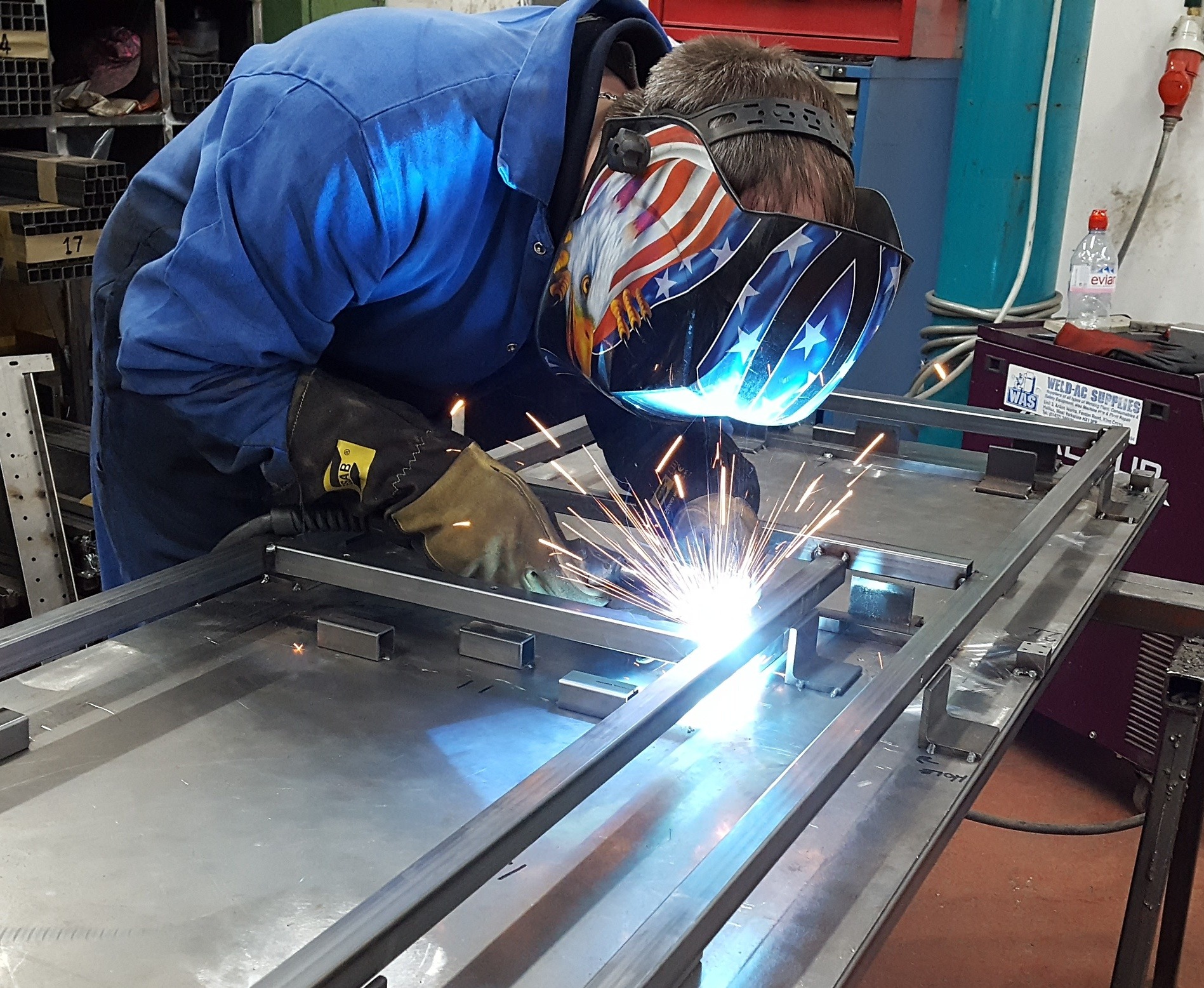Usual Welding Fixing Issues and How to Address Them Successfully
Welding repairs commonly run into a series of problems that can endanger the integrity of the end product. Common troubles include insufficient penetration, porosity, and imbalance, to name a few. Each problem provides unique challenges that call for particular methods for resolution. Understanding these concerns is crucial for welders intending to boost their skills and results. This conversation will discover these usual welding fixing concerns and effective techniques to resolve them.
Poor Penetration
Poor infiltration occurs when the weld metal fails to fully fuse with the base product, causing weak joints and potential architectural failings. This issue usually stems from insufficient warmth input, incorrect electrode angle, or incorrect welding speed. Welders may encounter insufficient penetration as a result of a miscalculation of the needed criteria for a details material density or type. Additionally, contamination on the base product's surface can prevent effective bonding, exacerbating the issue. To resolve inadequate penetration, welders need to assure ideal settings on their equipment and keep a clean job surface. Normal examination of welds is recommended to recognize any deficiencies early, permitting prompt modifications and the avoidance of compromised structural integrity in welded settings up.
Porosity
Porosity is an usual defect in bonded joints that manifests as small gas bubbles trapped within the weld metal. This flaw can endanger the integrity of the weld, bring about minimized stamina and prospective failure under anxiety. Belgrade Fabrication. Porosity commonly emerges from contamination, dampness, or incorrect welding methods, which enable gases to run away right into the liquified weld swimming pool. To resolve porosity, welders ought to ensure proper surface area preparation, maintain a tidy working environment, and use suitable welding parameters. In addition, selecting the right filler material and protecting gas can alleviate gas entrapment. Regular examination and testing of welds can help identify porosity early, guaranteeing prompt corrective actions are taken, thus preserving the quality and dependability of the welded framework
Misalignment
Misalignment in welding can arise from different factors, consisting of incorrect configuration and thermal development. Comprehending the origin causes is crucial for effective resolution. Several correction techniques are offered to straighten elements and guarantee architectural integrity.
Reasons for Imbalance
Welding misalignment usually stems from a selection of underlying concerns that can endanger structural stability. One primary cause is improper fit-up of parts before welding, which can result in voids and irregular surface areas. Variations in thermal development throughout the welding process can also cause distortion, particularly if the materials being joined have various coefficients of expansion. Additionally, inadequate fixturing and securing may fail to hold components securely in position, bring about motion throughout welding. Poorly maintained tools, consisting of welding makers and tools, might present inconsistencies in the weld bead, further adding to imbalance. Driver mistake, stemming from not enough training or experience, can likewise play a significant function in creating misaligned welds.

Adjustment Strategies Readily Available
Addressing imbalance properly calls for a combination of corrective strategies customized to the details concerns available. One usual technique is using jigs or fixtures to hold elements in the proper position throughout welding, making sure regular positioning. Additionally, pre-heating the products can help minimize distortion and improve fit-up. For considerable imbalance, mechanical realignment techniques, such as utilizing hydraulic jacks or clamps, can be used to fix the setting before welding. Post-weld heat treatment might additionally be required to alleviate tensions triggered by misalignment. Finally, cautious evaluation and modification during the arrangement stage can avoid imbalance concerns from ending up being significant problems, promoting a smoother welding procedure and improving overall architectural honesty.
Distortion
Distortion is a typical difficulty in welding that can occur from different elements, consisting of unequal cooling and heating. Comprehending the reasons for distortion is crucial for carrying out reliable avoidance methods. Resolving this concern not just enhances structural honesty however likewise improves the total high quality of the weld.
Causes of Distortion
When subjected to the extreme heat of welding, materials usually undergo adjustments that can bring about distortion. This phenomenon mainly occurs from thermal development and contraction during the welding process. As the weld location warms up, the material expands; upon cooling, it acquires, which can create inner anxieties. On top of that, uneven heating throughout a work surface can intensify these tensions, causing warping or flexing. The kind of material additionally plays a significant duty; metals with differing thermal conductivity and coefficients of development may respond in different ways, resulting in uncertain distortions. Poor joint design and inadequate fixturing can contribute to misalignment throughout welding, increasing the chance of distortion. Recognizing these causes is important for reliable welding repair and prevention methods.
Prevention Techniques
Efficient prevention techniques for distortion throughout welding emphasis on regulating heat input and ensuring appropriate joint layout. Keeping a constant warm input aids to reduce thermal expansion and contraction, which can cause distortion. Using techniques such as preheating the work surface can also reduce the temperature gradient, advertising uniform home heating. Additionally, picking ideal joint styles, such as T-joints or lap joints, can boost stability and decrease anxiety concentrations. Executing proper fixturing to protect the workpieces in position better aids in maintaining positioning throughout the welding process. Staggered welding series can distribute warm much more evenly, protecting against localized distortion. By using these techniques, welders can greatly lower the probability of distortion and boost the overall high quality of their welds.
Fracturing
Breaking is a typical concern encountered in welding repair work, commonly arising from different elements such as inappropriate air conditioning prices, product selection, or poor joint preparation. The occurrence of cracks can significantly compromise the stability of the weld, causing possible failures during operation. To resolve this concern, welders have to initially examine the source, ensuring that products work and suitably selected for the particular application. In addition, managing the cooling price throughout the welding procedure is vital; rapid air conditioning can cause stress and bring about fracturing. Appropriate joint layout and prep work likewise add to reducing the danger. Carrying out these strategies can boost weld high quality and toughness, eventually minimizing the possibility browse this site of splitting in finished weldments.

Insufficient Fusion
A considerable issue in welding repairs is incomplete combination, which happens when the weld metal does not appropriately bond with the base material or previous weld passes - Montana Mobile Welding and Repair Fabrication. This problem can result in weaknesses in the joint, possibly endangering the honesty of the welded framework. Variables adding to insufficient combination consist of not enough warm input, inappropriate welding technique, and contamination of the surface areas being joined. To address this issue properly, welders should ensure appropriate pre-weld cleaning and surface preparation, as well as adjust their welding parameters to achieve appropriate penetration and combination. Regular examination during the welding process can additionally assist More hints identify incomplete fusion early, enabling timely restorative actions to boost the overall quality of the weld
Overheating
While welding repair services can boost architectural stability, overheating offers a considerable challenge that can bring about product degradation. Too much warm during welding can alter the mechanical homes of metals, causing decreased toughness, boosted brittleness, and bending. This sensation is particularly critical in high-stress applications where structural integrity is extremely important. Determining overheating can include visual inspections for staining or distortion, along with keeping track of temperature level throughout the welding procedure. To alleviate the threats related to overheating, welders must utilize proper methods, such as regulating warm input, adjusting travel rate, and using suitable filler materials. Additionally, executing pre- and post-weld warm therapies can assist bring back product homes and enhance the total high quality of the repair work, making certain long-term performance and security.
Frequently Asked Concerns
What Are the Common Indications of a Welding Flaw?

Just How Can I Test My Welds for High quality?
To evaluate welds for high quality, one can make use of visual assessments, ultrasonic screening, and radiographic methods. Each method ensures architectural integrity, recognizes issues, and confirms adherence to specified criteria, inevitably boosting the integrity of the bonded joints.
What Security Preventative Measures Should I Take While Welding?
When welding, one need to focus on security by using suitable individual safety tools, making certain correct air flow, protecting flammable materials away, keeping a tidy work space, and recognizing surroundings to stop accidents and injuries.
Can I Repair a Weld Without Redoing the Entire Joint?
Repairing a weld without redesigning the entire joint is possible, depending his explanation upon the damage (Belgrade). Methods such as grinding, including filler material, or utilizing a welding procedure can effectively address certain problems while preserving the bordering structure
What Devices Are Vital for Effective Welding Fixes?
Important devices for reliable welding repair services consist of a welding device, cable brush, grinder, protective equipment, clamps, and filler materials. Each device plays a crucial duty in making certain high quality and safety throughout the fixing procedure. Porosity typically develops from contamination, moisture, or improper welding methods, which enable gases to run away right into the molten weld pool. Inadequately maintained tools, including welding equipments and devices, might introduce incongruities in the weld bead, additional contributing to imbalance. When subjected to the intense warm of welding, materials often undertake changes that can lead to distortion. Breaking is a typical problem come across in welding repairs, typically resulting from various factors such as inappropriate air conditioning prices, material choice, or poor joint prep work. A significant problem in welding fixings is insufficient blend, which occurs when the weld steel does not sufficiently bond with the base product or previous weld passes.